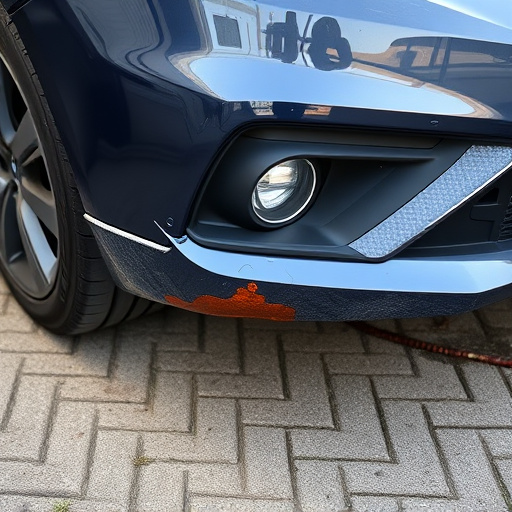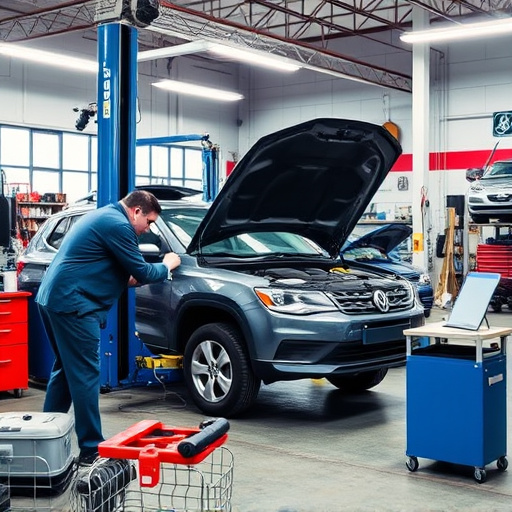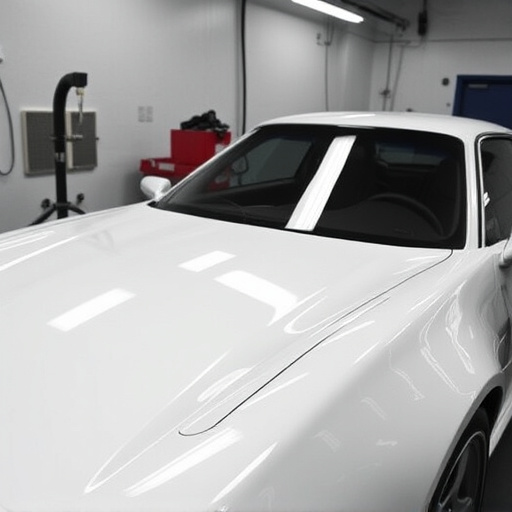Managing a claim approval timeline is critical for insurance businesses dealing with vehicle damage claims, involving structured steps, deadlines, and specific requirements. Effective management requires clear client communication, adherence to regulations, proper documentation, and thorough assessments. For vehicle body shops, optimizing this process through clear communication and digital tools improves customer satisfaction by streamlining operations, reducing errors, and accelerating decision-making. Implementing best practices like consistent approval criteria and digital systems for tracking approvals enhances efficiency with real-time updates, instant notifications, and automated reminders, minimizing delays. Digital platforms also facilitate better record-keeping for evaluating patterns and identifying areas for improvement in claim approval timelines.
Managing a claim approval timeline is crucial for efficient operations and customer satisfaction. This article guides you through the essentials of understanding claim approval timelines, identifying key factors to optimize your process, and implementing best practices to streamline approvals. By adhering to these practices, businesses can enhance productivity, reduce delays, and improve overall claim management—ensuring a swift and accurate resolution for all stakeholders. Discover practical strategies to master your claim approval timeline today.
- Understanding Claim Approval Timeline: The Basics
- Key Factors in Optimizing Your Claim Approval Process
- Best Practices for Streamlining and Managing Claim Approvals
Understanding Claim Approval Timeline: The Basics

Managing a claim approval timeline is essential for any business involved in processing insurance claims, especially those related to vehicle damages like car bodywork or hail damage repair. Understanding the basics of this process is crucial for ensuring efficiency and customer satisfaction. A claim approval timeline refers to the series of steps and timeframes involved in evaluating and approving an insurance claim, from the initial report to final settlement. Each step has specific requirements and deadlines, which can vary depending on the complexity of the claim and the company’s internal processes.
Effective management involves clear communication with clients, adherence to regulatory guidelines, and proper documentation. For instance, when dealing with hail damage repair or vehicle restoration, thorough assessments are necessary to determine the extent of the damage. This initial evaluation sets the stage for a structured timeline that guides the entire claim approval process. By implementing best practices, businesses can streamline operations, reduce delays, and provide timely updates to clients throughout the journey.
Key Factors in Optimizing Your Claim Approval Process

Optimizing your claim approval process is crucial for streamlining operations at a vehicle body shop or collision repair shop. Several key factors play a significant role in managing a claim approval timeline effectively. One of the primary considerations is establishing clear and consistent communication channels with all stakeholders involved, including policyholders, insurance providers, and repair facilities. Efficient communication ensures everyone is aligned, reducing delays caused by misaligned expectations or misinformation.
Additionally, implementing robust digital tools for claim management can greatly enhance the process. These tools offer features like real-time updates, automated notifications, and digital documentation, all of which contribute to faster decision-making. By embracing digital solutions, a hail damage repair or collision repair shop can minimize paperwork, reduce human error, and speed up the overall claim approval timeline, ultimately enhancing customer satisfaction.
Best Practices for Streamlining and Managing Claim Approvals

Managing claim approval timelines is a delicate balance, especially with the influx of vehicle-related incidents, from minor dents and scratches to more significant auto maintenance needs like vehicle paint repair or dent removal. To streamline this process, several best practices can be implemented. Firstly, establishing clear and consistent approval criteria ensures every claim is assessed objectively. This clarity empowers both claims processors and applicants, setting a fair stage for decision-making.
Additionally, adopting digital systems for tracking claim approvals significantly improves efficiency. Digital platforms enable real-time updates, instant notifications, and automated reminders, eliminating delays caused by manual processes. They also facilitate better record-keeping, allowing quick access to historical data, which is crucial when evaluating patterns or identifying areas for improvement in the claim approval timeline, be it for vehicle dent repair, paint jobs, or other auto maintenance services.
Managing a claim approval timeline effectively is essential for maintaining operational efficiency. By understanding the key factors influencing this process, organizations can implement best practices that streamline approvals, reduce delays, and enhance overall satisfaction for all stakeholders involved. Optimizing your claim approval process not only improves productivity but also strengthens relationships by ensuring timely resolutions.














